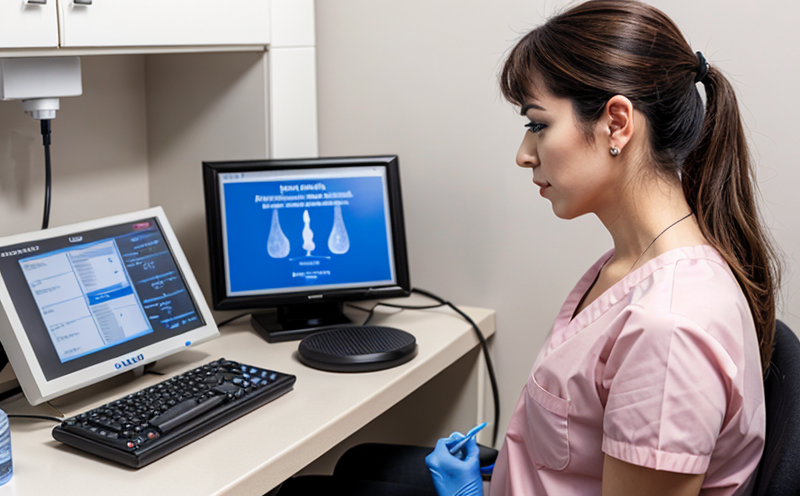Estradiol Testing in Veterinary Endocrinology Labs
Understanding estradiol testing is crucial for veterinarians and researchers working within veterinary endocrinology labs. Estradiol, a form of estrogen, plays an essential role in the development of secondary sexual characteristics and reproductive functions in both males and females. In female dogs, it contributes to uterine growth, mammary gland development, and estrous cycle regulation. For male dogs, it helps maintain muscle mass, bone density, and behavior patterns.
Estradiol testing is vital for diagnosing hormone imbalances that can lead to conditions such as Cushing's disease, hypothyroidism, and diabetes mellitus in dogs. In female dogs, estradiol levels are particularly significant during the breeding season or when dealing with reproductive issues like false heats or anovulatory cycles.
The testing process involves collecting a blood sample from the animal. The sample is then sent to a laboratory where it undergoes rigorous analysis using advanced techniques such as liquid chromatography-tandem mass spectrometry (LC-MS/MS). This method ensures accurate measurement of estradiol levels, which are reported in picograms per milliliter (pg/mL).
Accurate and reliable estradiol testing is essential for effective treatment planning. It helps veterinarians determine the appropriate dosages of hormone replacement therapy or to monitor the efficacy of medications aimed at correcting hormonal imbalances.
| Application | Description |
|---|---|
| Breeding Programs | Estradiol testing aids in optimizing breeding schedules and identifying fertile periods in female dogs. |
| Hormone Replacement Therapy | Monitoring estradiol levels ensures that hormone replacement therapy is effective and safe for the animal. |
| Reproductive Disorders | Estradiol testing helps diagnose and treat reproductive disorders in both male and female dogs. |
| Breeding Season Management | It assists veterinarians in managing the breeding season by monitoring estradiol levels to prevent complications such as false heats. |
| Mammary Gland Development | Estradiol testing is important for understanding and treating mammary gland development issues in female dogs. |
With the increasing complexity of veterinary medicine, accurate estradiol testing has become a cornerstone of effective endocrine management. By providing precise data on hormone levels, veterinarians can make informed decisions that improve patient outcomes and quality of life.
Why It Matters
Estradiol plays a critical role in the health and well-being of dogs. Its effects are far-reaching, influencing everything from reproductive functions to bone density and muscle mass maintenance. In veterinary endocrinology labs, accurate estradiol testing is essential for diagnosing hormone imbalances that can lead to various medical conditions.
For instance, hyperestrinism (elevated estradiol levels) in male dogs can result in behavioral changes such as aggression or increased marking behavior. Conversely, hyposterinemia (low estradiol levels) may indicate underlying health issues like Addison's disease or pituitary insufficiency. In female dogs, imbalances can manifest as infertility, false heats, or uterine infections.
The significance of accurate estradiol testing cannot be overstated. It allows veterinarians to make precise diagnoses and tailor treatment plans accordingly. Without reliable data, there is a risk of misdiagnosis or ineffective treatments, which could exacerbate the condition rather than improve it. By leveraging advanced laboratory techniques, veterinary endocrinologists can ensure that their patients receive the best possible care.
Moreover, estradiol testing supports comprehensive reproductive health management. In breeding programs, accurate estradiol levels help identify optimal mating times and ensure successful pregnancies. Post-partum, it aids in monitoring lactation and identifying any potential issues early on.





